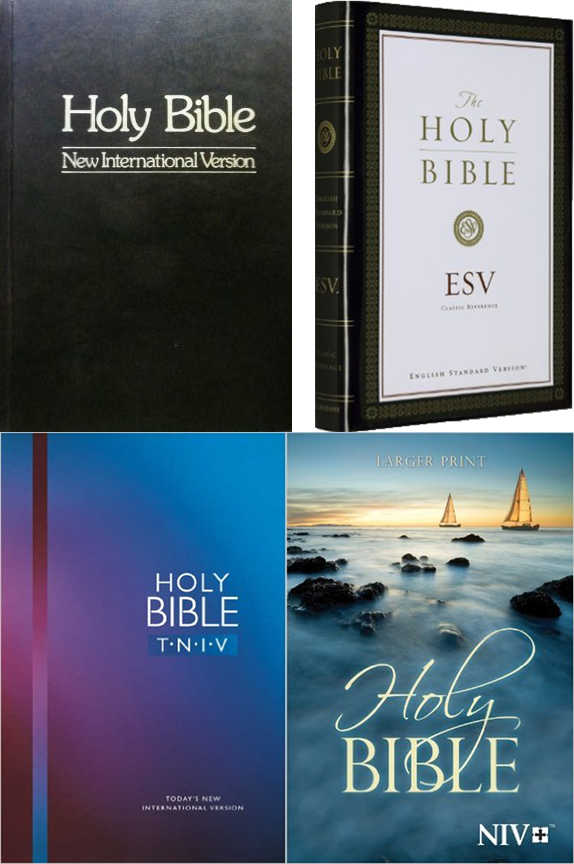Why Are There So Many Bible Versions?
Reason #6 - Sectarian Bias

We’ve already covered how different Bible contents result in an increase in English Bible translations, and the different Bible canons are definitely the result of sectarian bias. However sectarian bias plays another role because many Bible translations intentionally support the religious beliefs of a specific group of Christians.
Consider as an example the NIVNew International Version. It was translated with the intent of supporting conservative Evangelical Christian doctrines - a group that is one of the most prolific Bible purchasers among English-speaking Christians. This group traditionally relied upon the King James Version (KJV) — a 400-year-old translation. The modern-language NIV was extemely popular, eventually becoming the best-selling English Bible version (a position previously held by the KJV).
But the NIV was produced in 1978, revised in 1984, and so by the year 2000 it was slightly dated. Another publisher sees a golden opportunity. Produce an updated English Bible translation supporting conservative Evangelical beliefs — one that is careful to exclude the features that cause some to complain about the NIV — and so become “the new, improved NIV”, the up-to-date replacement for the most popular English Bible translation.
Thus the ESVEnglish Standard
Version was born in 2001.
So far it has performed extremely well (though perhaps not as well as the producers hoped), becoming one of
the best-selling English Bible versions by attracting Christians who previously purchased the NIV.
ECPA Best-selling
Bible Translations
The NIV is still “Number One” as I write this, but it lost a lot of its former fans to the ESV,
which in a very short time became one of the “top five” English Bible versions in total sales.
The publisher of the NIV attempted to stall the ESV’s growing success by producing an update to the NIV, the 2005 TNIVToday’s New International Version. It flopped in the market, rejected by the same group that had made the NIV the #1 selling English Bible version, allowing the ESV’s growth in sales to continue.

TNIV
NIV-2011
- Original NIV
- ESV
- TNIV
- NIV-2011
Of course, this is not the only instance of sectarian bias leading to multiple Bible translations. Basically any time someone decides that it would be useful or profitable (or both) to have a new, special Bible translation that supports the specific religious doctrines of a particular group of Christians, a new English Bible version is born. Very roughly half of modern English Bible versions intentionally include a particular and noticeable sectarian bias in the translation of the Bible itself. That is: exclusive of the difference in Bible contents.